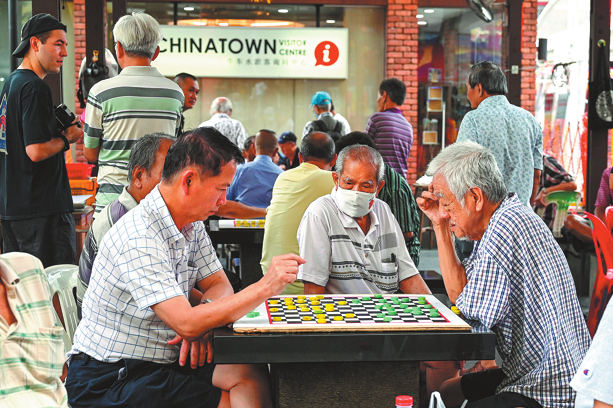An Analysis Report on Population Change in Xinjiang

III. The Rationality of Population Change in Xinjiang
The trends of world population suggested that the more developed the economy and society is, the stronger is people's senses of realization of self-value and fostering better children, so the fertility rate and natural population growth rate will decrease correspondingly.
According to the canonical demographic transition theory, human population will change from "high mortality rate, high birth rate and low growth rate" to "low mortality rate, low birth rate and low growth rate" with the development of human society.
Since mid 1960's, the birth rate of some European countries has showed a continuous dip, the total fertility rate amounting to 1.6 and even lower between 1980 and 1985. In the twilight of the 20th century, the birth rate of Europe as a whole was ultra-low. The total fertility rate of China had dropped to a rather low level in early 1990s and kept dropping. In 2015, the rate was 1.5-1.6.
Compared with national level, the demographic change in Xinjiang is typically featured by relative hysteresis and structural differences.
With continuous economic and social development, the living conditions of people of all ethnic groups have showed fundamental changes, especially in travelling, housing, education, medical conditions and employment; the quality of population is therefore substantially enhanced. The birth rate, mortality rate and natural growth rate of population in Xinjiang dropped from 22.55‰, 7.69‰ and 14.86‰ in 1978 to 10.69‰, 4.56‰ and 6.13‰ in 2018 respectively.
Based on the four-stage hypothesis of the demographic transition theory, the population of Xinjiang has come to the fourth stage, i.e., the stage of low mortality rate, low birth rate and low growth rate.
In 2018, both fertility rate and natural growth rate of ethnic minority population (the Uygur population in particular) in Xinjiang decreased significantly. All of these can be attributed to the strict implementation of the family planning policy, and the acceleration of relatively hysteretic transition of ethnic minority population as a result of rapid economic and social development in recent years.
With the further promotion of poverty alleviation, the living conditions of poverty-stricken areas in south Xinjiang are greatly improved, and the process of urbanization apparently accelerated with continuously increasing urban population.
People of all ethnic groups are better educated with cultural qualities better raised. The idea of late marriage-childbearing and fewer-better births have gained increasing popularity and become a new fad in southern Xinjiang. In the meantime, secular and modern lifestyle advocated in southern Xinjiang has already achieved remarkable results. The affection of backward ideas began to recede significantly, leaving wider space for individuals to make decision with stronger autonomy in controlling maternity. With the old concept of childbearing fading markedly, young women enjoy more autonomy for their childbearing.
A safe conclusion can be drawn that the transition of Uygur population is achieved more by their own choice and autonomy than the guidance of policies and external forces. The transition is not only a matter of population size, but also a subject involving the overall improvement of population quality, which is the result of voluntary choice of people of all ethnic minorities.
The author is a special researcher of Xinjiang Development Research Center.

































